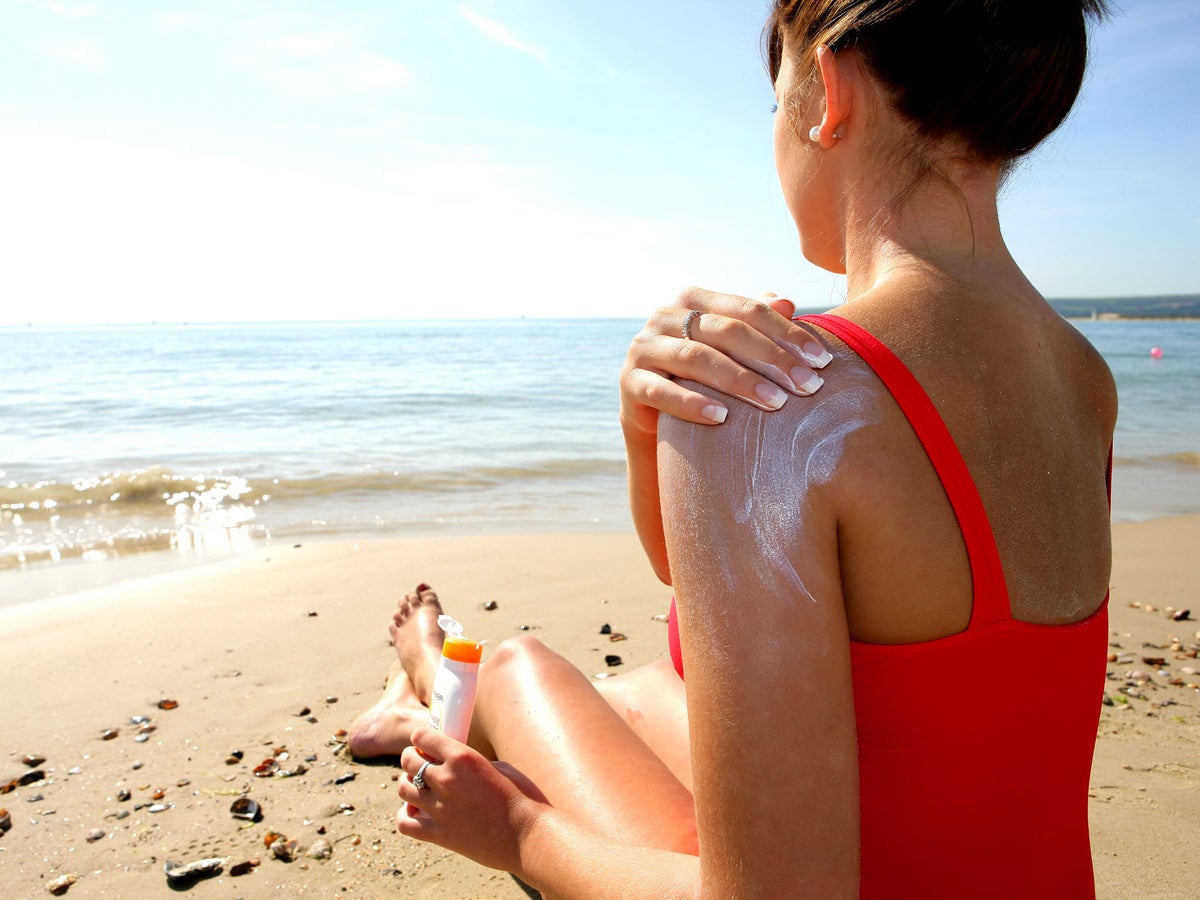With the industrial pollution and strong sun rays, it is essential to wear SPF if you wish to have strong, plump skin. For the protection of your skin from outside and inside, it’s necessary to put on sunscreen. Here are the benefits:
1. Reduce Your Risk Of Skin Cancer
Sunscreen protects your skin and reduces your risk of developing skin cancer and skin pre-cancers. Applying SPF in conjunction with other sun protection behaviors – like wearing dark clothing and sunglasses – reduces the harmful effects of sun exposure
2. Protect Against Sunburn

The UVB rays are responsible for sunburn and are thought to cause most skin cancers. Not only are sunburns painful, but they also have a direct link to the most deadly types of cancer. Hence to provide relief from sunburns, it is necessary to use SF9.
3. Avoid Inflammation & Redness

These are the side effects of long-term sun exposure, especially during noon. Hence, by wearing sunscreen you can protect yourself against redness and inflammation.
4. Prevent The Early Onset Of Wrinkles & Fine Lines

Wrinkles, fine lines, and crows feet are things that can be avoided if you use skin protection materials like SF9 to protect yourself from the damage
5. Avoid Blotchy Skin & Hyperpigmentation

Uneven skin pigmentation (or hyperpigmentation) refers to parts of the skin becoming discolored or darkening inconsistently. This can be hereditary, but it can also be caused by sun exposure. Blotchy skin or dark spots may spring up on the face, hands, and other parts of the body regularly exposed to the sun.
6. Stop DNA Damage
Scientific studies have found that sunlight induces DNA damage and can trigger skin carcinogenesis and photoaging.
Also Read – Ayurvedic Tips To Feed Your Skin And Make It Glow
5 Surprising Situations When You Need To Wear SPF
- Indoors
- At High Altitudes
- During Winter
- On Cloudy Days
- Through Light Clothing
Also Read – Makeup Myths: Lies You Believed To Be The Truths!
Which SPF Is Best For Everyday Use?
When choosing your sunscreen, it is important to look for the phrase “broad spectrum”. This description signals that the formula protects against both UVA and UVB rays. Next, check the sun protection factor (SPF) number that rates the sunscreen’s effectiveness in blocking UV rays. For your best defense, select a sunscreen with at least an SPF of 15.
How To Apply An SPF Moisturizer

- Treat skin first by applying a layer of serum or concentrate for best results
- Dispense a pea-sized amount of moisturizer on to hands
- Rub hands to warm up the moisturizer
- Apply onto high points of the face first – forehead, nose, cheeks
- Work moisturizer into the rest of the face. Apply to larger areas last – neck and chest, if needed
- Add more gradually if coverage is not enough.
For more such informative articles, visit lifestyle.












